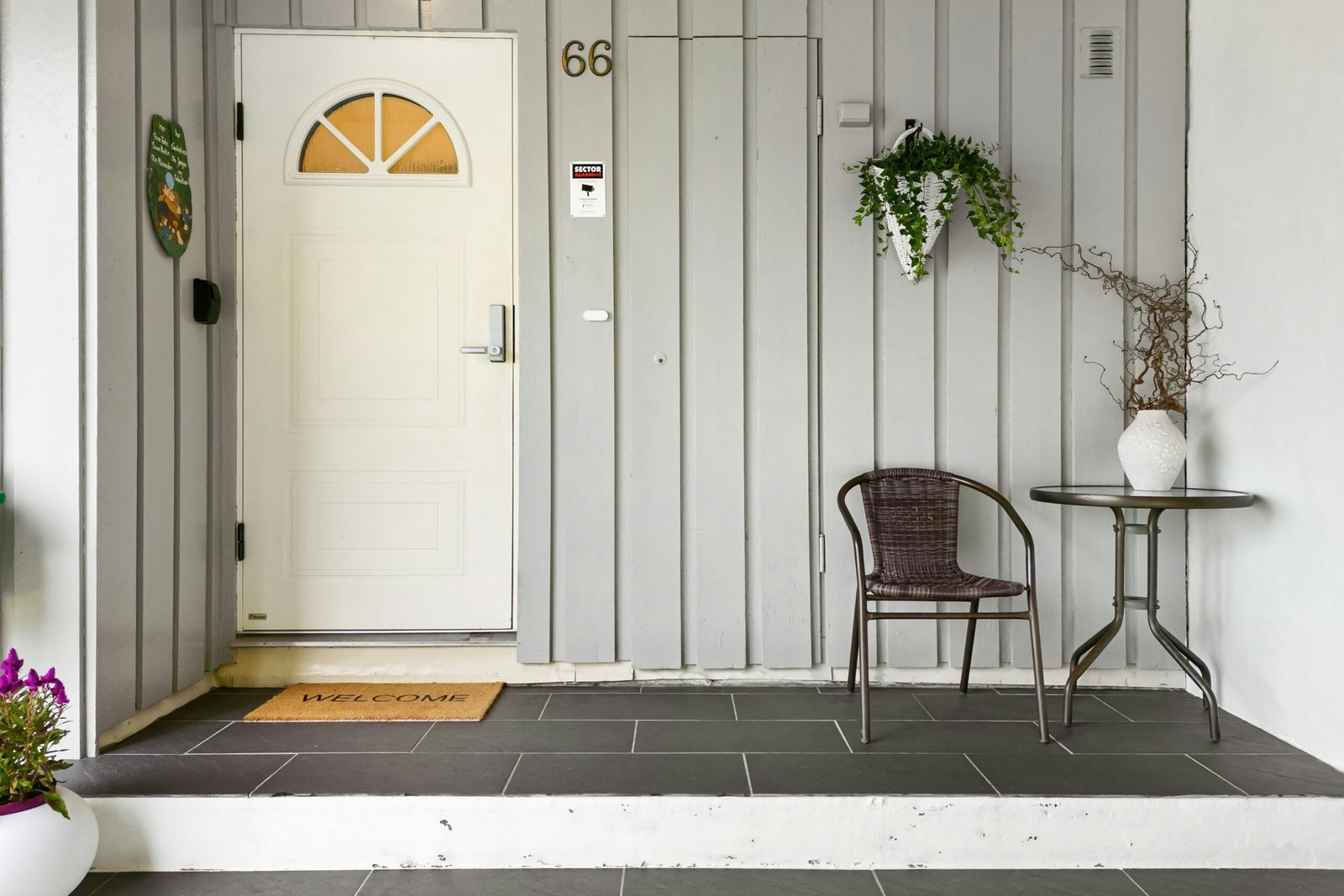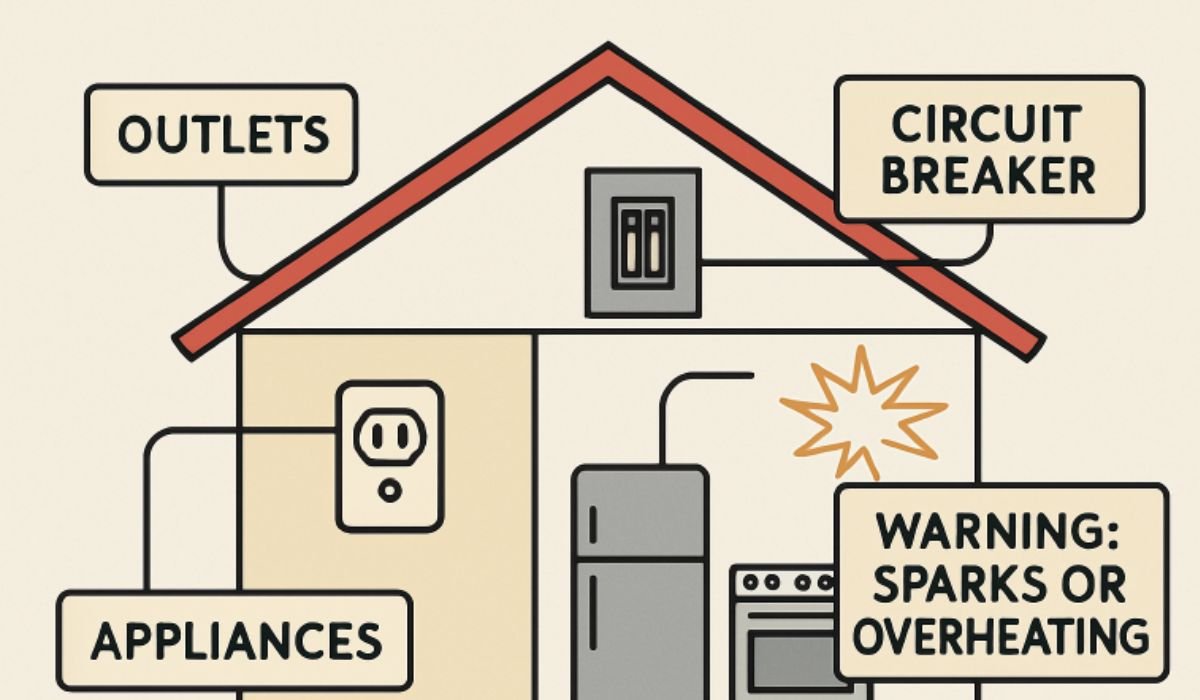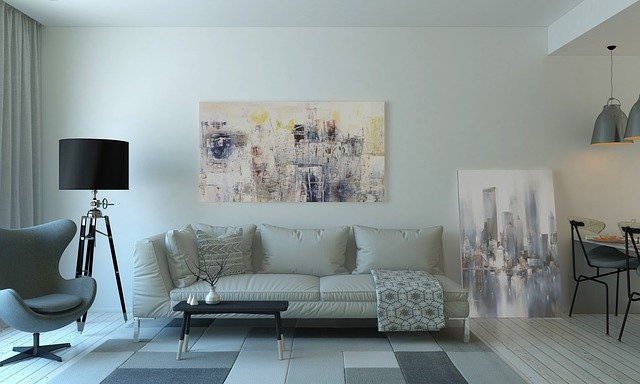Thanks to the rise of smart technologies and thoughtful design practices, designing your ideal living space has never been more accessible. Blending innovation with aesthetic sensibility can dramatically improve comfort, efficiency, and day-to-day enjoyment for those looking to create the perfect home. As more homeowners embrace integrated technology and sustainable solutions, the definition of modern home living continues to evolve into something truly inspiring and practical.
Implementing smart design is not just about outfitting your house with the latest gadgets; it’s about crafting harmonious spaces where functionality and beauty coexist effortlessly. From high-tech security to eco-conscious materials and adaptable interiors, the strategies you use today can set a foundation for a future-proof, welcoming retreat.
Integrating Smart Technology
Modern homes thrive on seamless technology integration. Devices such as voice-activated assistants, smart thermostats, and connected lighting systems are more than conveniences—they’re building blocks for energy-efficient living. Smart thermostats, for example, can learn daily habits to optimize heating and cooling, significantly reducing utility bills. These innovations support sustainability and deliver immersive experiences, such as setting the perfect ambiance with a simple command or automating routine tasks for greater peace of mind.
Technology’s role in the home continues to expand, with appliances that sync with smartphones, automated vacuum cleaners, and next-generation entertainment systems. Choosing compatible devices ensures a future-ready setup, eliminating frustrations over compatibility issues as your home evolves.
Sustainable Design Practices
Embracing sustainability is vital for anyone looking to reduce their environmental impact. Eco-friendly living starts with energy-efficient appliances, which consume less power while delivering outstanding performance. Adding solar panels can supplement a home’s energy needs and lower monthly costs, while sustainable building materials like bamboo or recycled glass add eco-conscious elegance to interiors.
Water conservation is another cornerstone of smart, sustainable design. Smart irrigation systems use real-time data to adjust watering based on local weather conditions, ensuring lawns and gardens thrive without waste. Connecting these practices with daily habits can reduce stress by saving resources and taking the guesswork out of essential routines during home construction and maintenance.
Balancing Aesthetics and Functionality
Designing a smart home is about more than convenience; it’s about crafting functional and beautiful spaces. The newest smart devices feature streamlined designs to blend with various home styles, whether you prefer minimalist, Scandinavian-inspired, or classic interiors. Selecting devices in neutral colors or with customizable finishes ensures technology is an asset to your overall aesthetic vision, not a visual distraction.
Beyond technology, consider multi-use furnishings such as modular sofas, expandable dining tables, or hidden storage to keep rooms adaptable and clutter-free. Lighting plays a critical role, too, with layered, energy-efficient LED setups making rooms appear larger and more inviting.
Enhancing Home Security
Home security is a top priority. Smart security systems now offer features like real-time video feeds, automated locks, and motion sensors—all accessible from your smartphone. These tools allow you to monitor activity, grant remote access to guests, and receive immediate alerts, no matter where you are.
Look for integrated solutions that consolidate alarms, cameras, and access control under a single dashboard. These features deter unwanted visitors and offer valuable insights about everyday security, such as which doors are open or whether windows remain unlocked.
Creating Multi-Functional Spaces
As space comes at a premium, especially in urban environments, designing rooms with multiple uses is a practical necessity. A home office that converts into a guest bedroom with a Murphy bed or a foldable wall desk helps maximize square footage. Smart furniture—such as ottomans with built-in storage or modular shelving—maximizes flexibility and lets you adapt quickly to changing needs.
Open concept layouts foster adaptability by blending cooking, dining, and living areas into interconnected spaces. This design encourages interaction, allows more natural light, and supports numerous day-to-day activities without significant renovations.
Future Trends in Smart Home Design
The evolution of home technology shows no signs of slowing down. Artificial intelligence (AI) and the Internet of Things (IoT) are poised to revolutionize how we experience our living spaces. AI can learn your preferences and adjust lighting, heating, or music to match your mood. At the same time, IoT systems help appliances and devices ‘talk’ to each other, providing holistic automation and improved efficiency.
Additionally, augmented reality (AR) is emerging as a powerful tool, letting homeowners visualize design updates—from new paint colors to furniture placement—before investing. Staying informed about these trends through major technology and home magazines, such as Wired’s guide to smart homes, can help you make confident, future-proof choices.
By embracing these smart design secrets, you can create a modern home that is beautiful, efficient, secure, and ready for tomorrow’s innovations, making the dream of a thoughtfully crafted home a reality.
READ ALSO: The Rise of Minimalist Front Doors in Modern Homes











